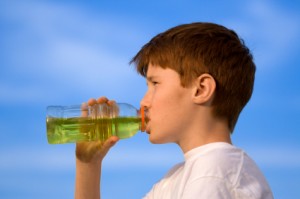 With football season underway, many Americans are spending their weekends cheering on their favorite teams at stadiums and tuning in to watch televised games. Personally, I enjoy following my college football team. But I always feel a sense of dread when a player takes an especially hard hit.
With football season underway, many Americans are spending their weekends cheering on their favorite teams at stadiums and tuning in to watch televised games. Personally, I enjoy following my college football team. But I always feel a sense of dread when a player takes an especially hard hit.
It turns out, those repeated hits add up to some real neurological problems for football players.
A study published this week in the journal Neurology followed nearly 3,500 football players who played at least five seasons in the N.F.L. from 1959 to 1988.
Over the course of the study, 334 of the players died. When researchers from the National Institute of Occupational Safety and Health reviewed their death certificates, they found Alzheimer’s disease was an factor in seven of the deaths and Lou Gehrig’s disease was a factor in seven others. These rates are more than three times what you would expect to see in the normal population.
This new study is part of a growing body of research on the neurological repercussions of repeated head injuries. Another study published earlier this year found repetitive head impacts over the course of a single season may negatively impact learning in some collegiate athletes.
And a center at the Boston University School of Medicine has documented evidence of a condition called Chronic Traumatic Encephalopathy, or CTW, a progressive degenerative disease of the brain found in people with a history of repetitive brain trauma.
The N.F.L. is investing in more research. This week, the organization donated $30 million to the National Institutes of Health for research on the connection between brain injuries and long-term disorders. That’s a good thing, because this is one topic we need more evidence on.











